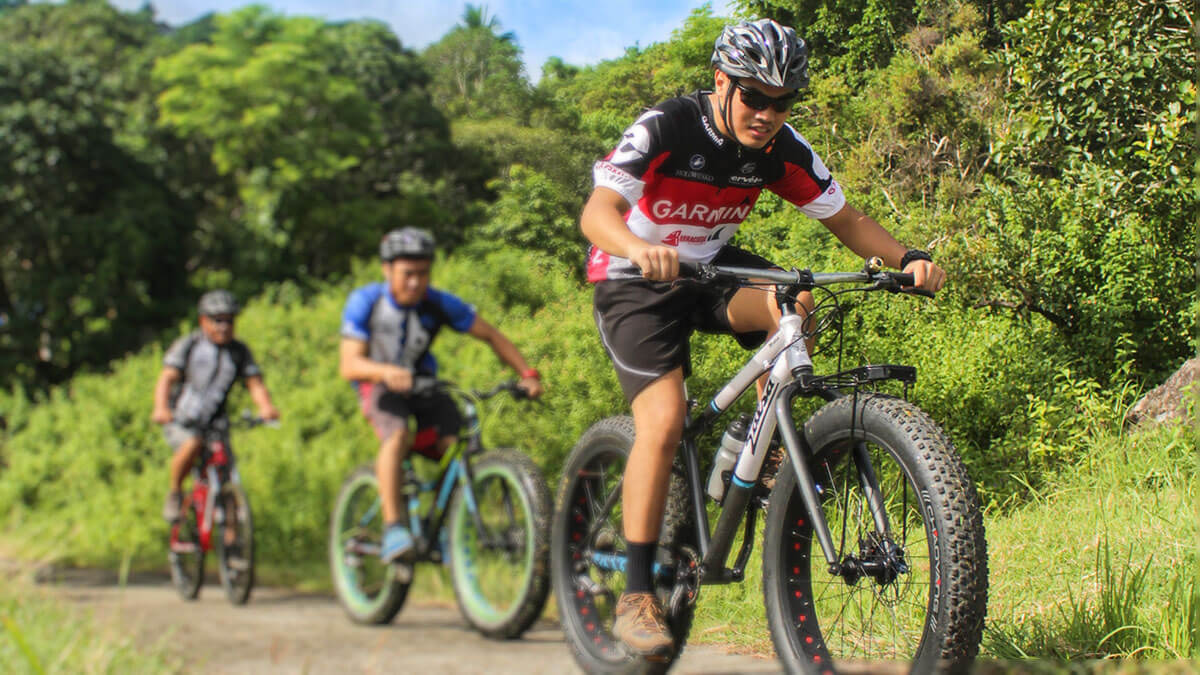Let’s start off with a statement that might sound simple, but it’s not: if you want peak performance, maximize the build phase.
Usually, the build phase starts immediately after the base phase and lasts about 4-12 weeks; in other words, right before the athletes jump into the tapering phase and, finally, the race week.
As its name denotes, during this phase, the athletes start building the “race-pace” and gradually increase the training load; again, at this specific pace.
What’s the main difference between the base phase and the build phase, then? Well, it’s only during the latter that athletes actually start training for the actual race. Indeed, as they try to maximize the build phase, they prepare their bodies and minds for race conditions.
Preparing to maximize the build phase
During this phase, the generic workouts now turn into structured workouts. At the same time, they reflect and imitate the stress that the athletes are going to experience at the target race.
The principle of specificity, the most important rule in training, applies very well in the build phase. As you’ve probably gathered by now, evaluation, monitoring, training zones, etc. become an integral part of the training process. Let’s not forget that the aim here is to maximize the build phase; and, what is going to help do that? One word: Science.
Evaluation
To maximize the build phase, athletes need structured workouts, and this can’t be done without evaluation. At any rate, an athlete will be called to execute training on specific training zones; for instance:
- heart rate
- power
- pace zones
Naturally, this requires a precise delineation of the training zones, and the best solution is testing. To elaborate, the most common tests for the optimal training zones setup are:
- functional threshold power for cyclists,
- lactate threshold evaluation for runners and,
- critical velocity for swimmers.
Of course, for triathletes, it’s all three!
Race characteristics
In short, to structure a race-specific workout, an extensive research of race requirements (distance, terrain, altitude, temperature, etc.) is highly recommended.
If you want to set a realistic “race-pace” plan, you have to combine the race requirements with the race goals. Then, you can start building it, by combining those with the physical and mental abilities of the athlete.
To maximize the build phase, the athlete must train under similar weather conditions, as well as on similar terrain morphology, that she/he will face on the race day.
Interested in our content?
Why not be the first to know when something new comes out?
Monitoring
The build phase requires stressful workouts with a mix of intensity and duration. Therefore, the training stimulus has to be selected very carefully; in order to provide the perfect balance between load and recovery. Luckily, monitoring tools and algorithms for stress, fitness, and fatigue can improve the training load; as well as prevent overtraining syndromes or injuries.
Maximize the build phase with Science Training
Endogusto is here to make your life much easier in your efforts to maximize the build phase for your athletes. Whether you need to monitor stress and fatigue, or even plan and re-adjust; Science Training does all the calculations for you, at a click of a button! What’s more, it automatically notifies you whenever something comes up, so that you can take immediate action.
Training is your passion. Science is the way. Do it the right way, with Endogusto.
